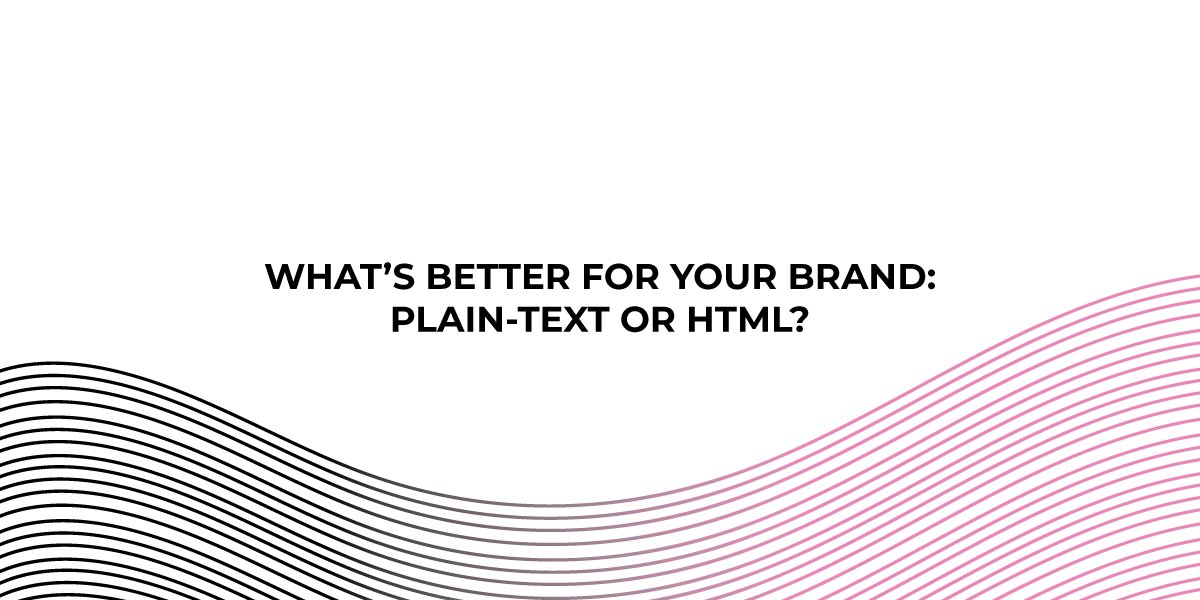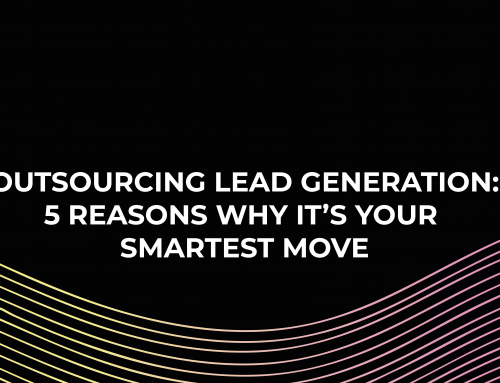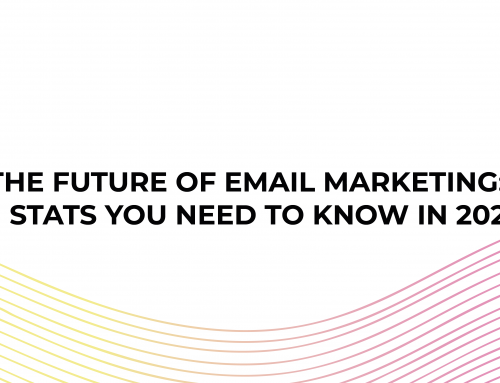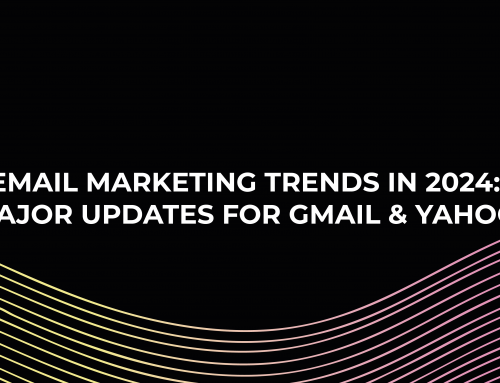Some may disagree with us, but email marketing is still and will remain a popular marketing tool to interact and sell to potential clients.
Just look at these statistics:
- On average expected ROI is $42 (£32) for every $1 (£1) you spend on email marketing.
- Nearly nine out of every ten marketers use email marketing to distribute content organically to their target audience.
- 81% of small businesses rely on email as their primary customer acquisition channel, and 80% for retention.
- Emails with personalised subject lines generate 50 per cent higher open rates.
There is no doubt, that email marketing is still an essential tool to generate conversion rates.
But, before you start any campaign, it is important to make strategic choices, especially in email marketing. A key one is deciding whether to send an email in plain text format or HTML.
Deciding whether HTML vs. Plain text is right for your brand requires considering several factors. However, you begin weighing the pros and cons, firstly, you need to ensure you fully understand what a plain-text email is and how it differs from HTML.
What is the Difference Between HTML and Plain Text?
Plain-text emails
What is plain text? As the name suggests, plain text emails don’t feature any media, just text. This means no GIFs, images, videos, or similar multimedia elements. That even includes formatting elements and hyperlinks.
HTML emails
When you send an HTML email, you’re able to include more dynamic features. HTML, which stands for HyperText Markup Language, is how you code a document, although we won’t go into the technicalities here. HTML emails include text formatting, graphic information, appealing call-to-action buttons, and other elements.
HTML vs. Plain Text
Again, marketers shouldn’t immediately assume HTML emails are the way to go. Some potential drawbacks are important to be aware of when you’re thinking of which is best for your emails: HTML or plain text.
Plain Text is Less Likely to Be Marked As Spam
First and foremost HTML emails are most likely to be caught in spam filters than emails in plain text format. It is important to not that HTML are naturally larger than most plain text messages are more likely to possess viruses or similar threats.
Deciding Between HTML or Plain Text Depends on Your Audience
When you consider your two potential formats, you need to consider who your audience are when comparing plain text vs. HTML. What does your audience like? What industry do they work in? Does your audience prefer personalised messages?
HTML emails have a lower clickthrough rate.
When it comes to selecting your chosen format, consider how you contact co-workers and friends: do you typically include pictures or use well-designed templates? Most likely not, and neither does your target audience. They are used to using email to interact in a personal manner. According to a HubSpot research test, the plain-text email version got 42% more clicks, where as the GIF image test had a 2.3% lower clickthrough rate.
Therefore, emails from businesses that seem more personal will have a greater impact.
In the end, less is more when it comes to email.
This may be a difficult pill for marketers to swallow since we are naturally motivated to be innovative. However, evidence consistently indicates that plain-text email wins, so it’s up to us to determine whether or not to make the transition.
However, don’t forget basic best practices regardless of your choice between HTML vs. plain text. By keeping essential best practices in mind and creating HTML and plain text format versions of your emails, it’s much easier to reach as many followers as possible.




